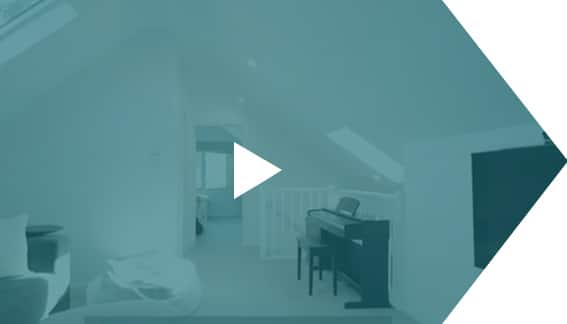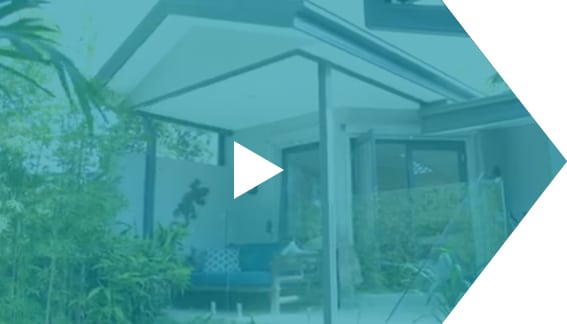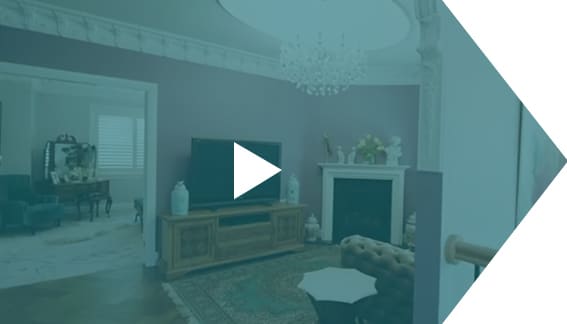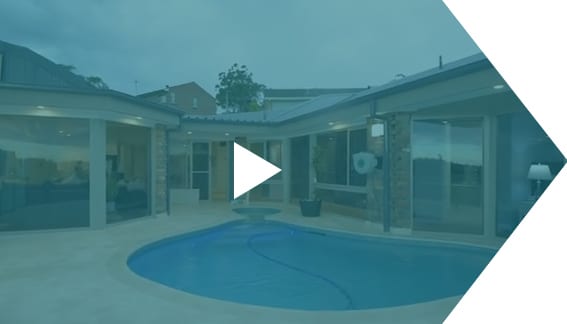As Sydney homeowners look to expand their living spaces, sustainability has become essential. Adding a first floor can be a highly effective way to create extra room without taking up more ground space, especially in Sydney’s dense urban areas. However, these additions can increase energy usage and environmental impact if not planned thoughtfully. In this guide, we’ll outline ten smart design tips for energy-efficient first floor additions Sydney that can help you reduce your carbon footprint, save on energy costs, and create a healthier living space.
1. Optimise Orientation for Natural Light and Temperature Control
One of the most significant ways to enhance energy efficiency in your first floor addition is to orient rooms and windows to maximise natural light and passive heating and cooling. In Sydney, the sun’s position allows for optimal warmth when you face the main living areas north, capturing sunlight in the cooler months. This reduces the need for artificial heating. In contrast,
south-facing windows are ideal for ventilation in summer, helping cool down the home naturally.
- Design tip: Consider placing commonly used rooms, such as living rooms and bedrooms, on the northern side of your addition. You can incorporate eaves or shading devices to block direct sunlight in summer but allow sunlight to warm your home in winter.
2. Invest in High-Quality Insulation and Air Sealing
Insulating your walls, floors, and ceilings is fundamental to maintaining a stable indoor temperature year-round. Proper insulation reduces heat transfer, meaning your home stays warmer in winter and cooler in summer, reducing energy consumption from heating and cooling systems.
- Material selection: Opt for environmentally friendly insulation options like recycled polyester or cellulose. Both are non-toxic and made from recycled materials.
- Air sealing: Ensure all gaps around windows, doors, and other openings are tightly sealed. Air leakage can compromise the effectiveness of your insulation and increase your heating and cooling costs.
3. Install Energy-Efficient Windows and Glazing
Windows account for significant heat loss in winter and heat gain in summer. Choosing energy-efficient windows with double or triple glazing and low-emissivity (Low-E) coatings can help maintain an even indoor temperature. These windows reduce unwanted heat exchange, making regulating your home’s temperature easier with minimal energy usage.
- Extra efficiency: Low-E glass coatings reflect infrared heat while allowing natural light through, creating a more comfortable indoor environment and lowering energy bills.
4. Incorporate Sustainable Building Materials
Sustainable building materials are not only environmentally friendly but also durable and long-lasting. Consider using materials with a low carbon footprint and low environmental impact.
- Material choices: Bamboo, reclaimed wood, and sustainable timber are excellent for construction, flooring, and cabinetry in your first-floor addition.
- VOC-free finishes: Use low or zero VOC (volatile organic compound) paints, sealants, and adhesives to improve indoor air quality and reduce exposure to harmful chemicals.
5. Install Solar Panels or Solar Water Heating Systems
Sydney’s sunny climate provides an ideal environment for solar power. Installing solar panels or a solar water heating system during construction is a wise investment that can reduce energy consumption and utility bills.
- Solar energy use: Even a modest solar panel system can power appliances, lighting, and heating or cooling systems, lessening your dependence on grid electricity.
- Positioning: Solar panels work best on north-facing surfaces, so to optimise efficiency, factor in roof positioning in the design stage.
6. Use Energy-Efficient Lighting Solutions
Lighting can be a significant source of energy use, so switching to energy-efficient lighting solutions is an easy way to reduce your carbon footprint. LED lighting, for example, consumes far less power than traditional incandescent bulbs and has a much longer lifespan.
- Smart lighting: Consider installing dimmers, timers, and motion-sensor lights to manage energy use. This reduces waste, particularly in hallways and bathrooms where lights may be left on.
7. Consider a Green Roof or Green Wall
Incorporating greenery on roofs or walls adds natural insulation to your home, helping regulate indoor temperatures. Green roofs and walls absorb sunlight, keeping your home cooler in summer while providing an extra layer of insulation during winter. Additionally, they contribute to improved air quality by absorbing carbon dioxide and other pollutants.
- Water management: Green roofs help manage rainwater runoff, absorbing it rather than allowing it to contribute to stormwater drainage. This is especially useful in Sydney, where heavy rain can strain urban drainage systems.
8. Implement Smart Home Technology for Energy Management
Smart home technology offers greater control over your home’s energy usage. A smart thermostat, for example, can automatically adjust temperatures based on your preferences and usage patterns, reducing unnecessary heating and cooling.
- Home energy monitoring: Smart home systems track electricity consumption, helping you identify high-usage appliances or times. Integrating these systems into your first-floor addition lets you monitor and manage energy use more effectively.
9. Use Passive Cooling and Ventilation Techniques
Sydney’s hot summers make cooling a priority. Incorporating passive cooling techniques can help maintain comfort without excessive air conditioning use. Cross-ventilation, for instance, allows for natural airflow, which cools the home by replacing hot indoor air with cooler outdoor air.
- Designing for airflow: Open-plan layouts and strategically placed windows encourage air to flow through the house, reducing heat buildup and eliminating the need for extensive air conditioning.
10. Consider Water-Saving Fixtures and Rainwater Harvesting
Water-efficient fixtures are an easy way to make your home more sustainable, particularly in areas prone to water restrictions. Rainwater harvesting systems are also a smart addition, capturing rainwater for non-potable uses like irrigation and cleaning.
- Smart water use: Low-flow faucets, showerheads, and dual-flush toilets can drastically reduce water consumption. Captured rainwater can be used for gardening, toilet flushing, and laundry, reducing your dependency on the main water supply.
Conclusion
Incorporating energy-efficient elements into your first floor additions Sydney is an environmentally conscious practical choice. By maximising natural light, choosing sustainable materials, and implementing modern energy-saving technologies, you can create a comfortable, eco-friendly home that reduces energy bills and carbon emissions. Sydney homeowners can benefit from the area’s sunny climate by installing solar panels, employing passive cooling, and designing with insulation and energy management in mind.
A well-planned, energy-efficient first floor addition is an investment in your home’s value and your commitment to sustainability. Reducing your carbon footprint through conscious design choices sets an example for eco-friendly living and helps create a positive environmental impact. With the right approach, your first floor additions Sydney can be a beautiful, sustainable upgrade that meets your space needs and environmental goals.
FAQs
- How do I ensure my first floor addition complies with Sydney’s building codes?
Working with licensed Building Designers familiar with Sydney’s BASIX (Building Sustainability Index) requirements ensures your project meets local sustainability standards. The BASIX tool evaluates water, energy, and thermal comfort, helping reduce environmental impacts.
- Are there any government rebates for energy-efficient home upgrades in Australia?
Yes, rebates are available for solar panel installations, water-efficient appliances, and energy-saving renovations. Check with the Australian Government’s energy department or local council to find current incentive programs.
- Can I integrate solar panels with my existing energy system?
Yes, solar panels can work alongside your current energy system. Solar panel installers will assess your roof’s capacity and positioning, as well as your household’s energy needs, to determine the ideal system size for integration.
- Are there specific materials that can enhance energy efficiency?
Yes, materials like bamboo, reclaimed wood, and low-VOC products offer energy-saving benefits while being environmentally friendly. Bamboo, for instance, grows quickly and provides excellent durability, while reclaimed wood adds aesthetic appeal and has a lower carbon footprint than newly manufactured materials.












